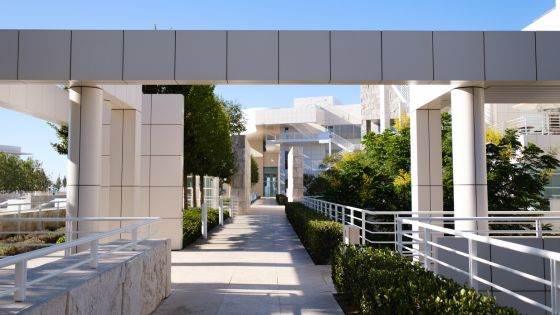Architectural design goes beyond aesthetics; it also serves a specific purpose and function. Different architectural styles have emerged over the years to meet the demands of specific environments and lifestyles. In this blog post, we will explore how specific architectural styles enhance functionality in various spaces. From maximizing natural light to optimizing flow and layout, understanding these styles will help you make informed decisions when designing or renovating your own space.

Modern Minimalism: Streamlined Simplicity
Modern minimalism is characterized by clean lines, open spaces, and a focus on simplicity. This architectural style prioritizes functionality and efficiency by eliminating unnecessary ornamentation and emphasizing essential elements. The minimalistic approach allows for uncluttered spaces, optimal natural light, and a seamless connection between indoor and outdoor areas. This style is particularly suitable for small apartments, urban dwellings, and spaces that require efficient use of limited square footage.
Farmhouse Charm: Rustic Practicality
Farmhouse charm combines the rustic aesthetic of traditional farmhouses with modern practicality. This architectural style features large porches, open floor plans, and durable materials like reclaimed wood and natural stone. The emphasis on functionality is seen in the spacious kitchens, farmhouse sinks, and ample storage solutions. Farmhouse charm is ideal for those who desire a cozy, family-oriented space that embraces comfort and a connection to nature.
Mid-Century Modern: Seamless Integration
Mid-century modern architecture emerged in the 1940s and 1950s, characterized by clean lines, large windows, and an integration with nature. This style emphasizes functionality through open floor plans, expansive glass, and the use of organic materials. The seamless integration of indoor and outdoor spaces allows for a smooth flow and enhances the overall functionality of the home. Mid-century modern design is well-suited for those who value a connection with the outdoors and desire a space that promotes a sense of harmony.
Mediterranean Revival: Indoor-Outdoor Living
Mediterranean Revival architecture draws inspiration from the coastal regions of Southern Europe. This style features stucco exteriors, red tile roofs, and outdoor living spaces such as courtyards and terraces. With a focus on indoor-outdoor living, Mediterranean Revival design offers functionality through the use of shaded areas, lush landscaping, and natural ventilation. This architectural style is ideal for those who seek a relaxed and inviting atmosphere, often found in coastal or warm climate locations.
Commercial Awnings: A Practical Addition
Commercial awnings in West Palm Beach, FL are not just an aesthetic addition; they serve a practical purpose as well. These architectural elements provide valuable shade, reducing indoor temperatures and helping businesses save on energy costs. Additionally, they offer an effective way to showcase a company’s brand, making the establishment stand out.
From restaurants and retail stores to hotels and office buildings, commercial awnings can enhance functionality by offering weather protection, increasing usable outdoor space, and adding a touch of local charm. This practical and stylish feature is a common sight in West Palm Beach, FL, contributing to the city’s vibrant streetscape while catering to the specific demands of the sunny, coastal environment.
Industrial Chic: Utilitarian Elegance
Industrial chic design embraces the raw and utilitarian elements of industrial spaces while adding a touch of elegance. Exposed brick, metal accents, and open concept layouts are common features of this architectural style. Functionality is emphasized through the use of versatile and durable materials, as well as creative storage solutions. Industrial chic design is well-suited for loft apartments, converted warehouses, and those who appreciate the fusion of urban aesthetics and practicality.
Architectural styles play a significant role in enhancing functionality in various spaces. By understanding these styles and their specific demands, you can make informed decisions when designing or renovating your own space. Whether you embrace the streamlined simplicity of modern minimalism, the rustic practicality of farmhouse charm, the seamless integration of mid-century modern design, the indoor-outdoor living of Mediterranean Revival, or the utilitarian elegance of industrial chic, each architectural style offers unique benefits and functionalities that cater to different lifestyles and environments. By aligning your space with the right architectural style, you can create a functional and aesthetically pleasing environment that meets your specific needs and enhances your daily life.
